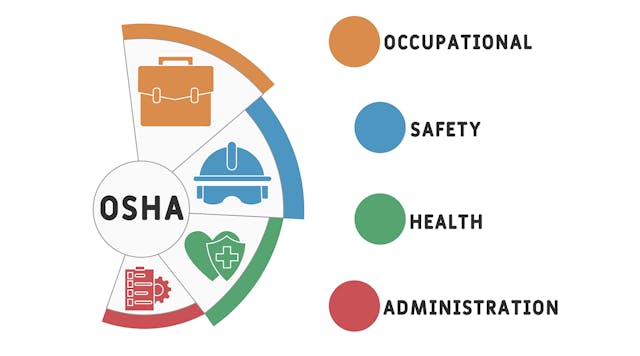As the old saying goes, change is the only constant. But too much change can cause employee fatigue.
As defined by Gartner, employee fatigue is how employees respond to change by showing burnout, frustration and apathy. These employees are less inclined to stay with their employer, have lower levels of trust, and are less willing to go above and beyond at work.
“Organizations can no longer afford to ignore change fatigue,” said Andy Karr, vice president in the Gartner HR practice, in a statement. “In today’s workplace, employees now experience multiple, stacked changes that lead to burn out. Employees don’t get the opportunity to ‘recharge’ without intervention."
And that intervention is to provide a psychologically safe environment. There are two key components of psychological safety:
- Safety to Experiment: Comfort in taking risks to accomplish team goals, even if it results in failure.
- Safety to Challenge: Comfort pushing back against the status quo and contributing to transformation efforts.
To create an environment where employees feel supported to take risks, organizations must reframe well intentioned experimentation failures as successes, the survey notes. "These moments often generate valuable learnings from testing a hypothesis or exploring a new opportunity. While change and uncertainty go hand in hand, employees need to be active participants in figuring out what will, or will not, work when making big changes."
The research concludes that "when employees feel safe to challenge that status quo, those key-knowledge holders can help leaders course correct when best laid plans conflict with the realities of the work. Leaders need access to the best information when making important decisions and employees are often the best place to get it."
These changes are effective, as the research found that found that when workers operate in this psychologically safe workplace there is up to a 46% reduction in change fatigue.
“To re-engage employees in change management efforts, organizations must align culture goals around psychological safety with their change management efforts,” added Karr.










































































